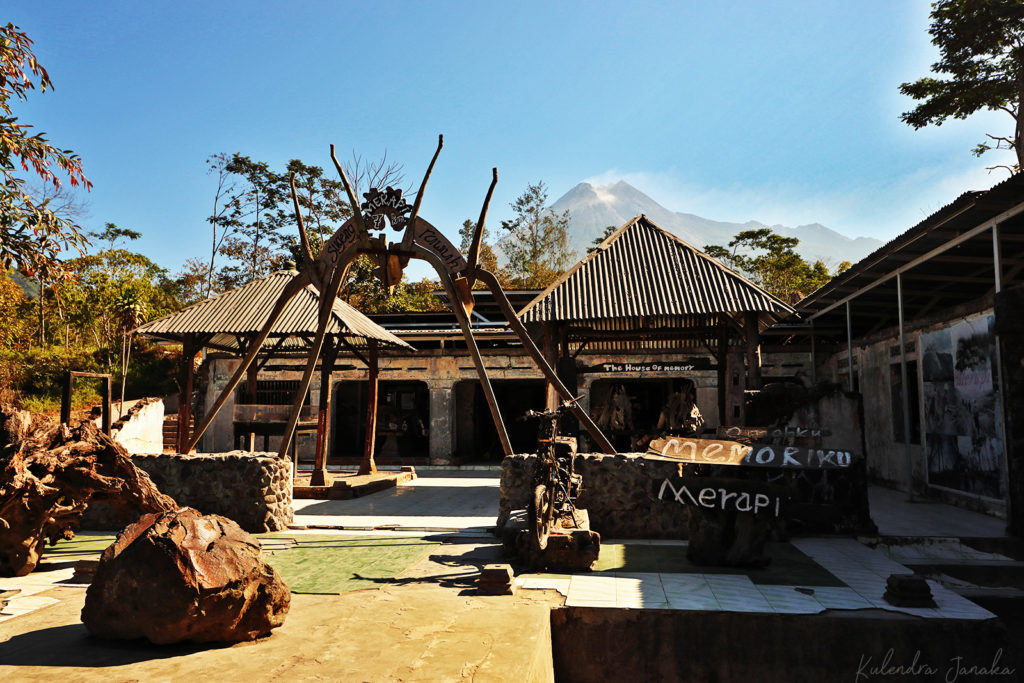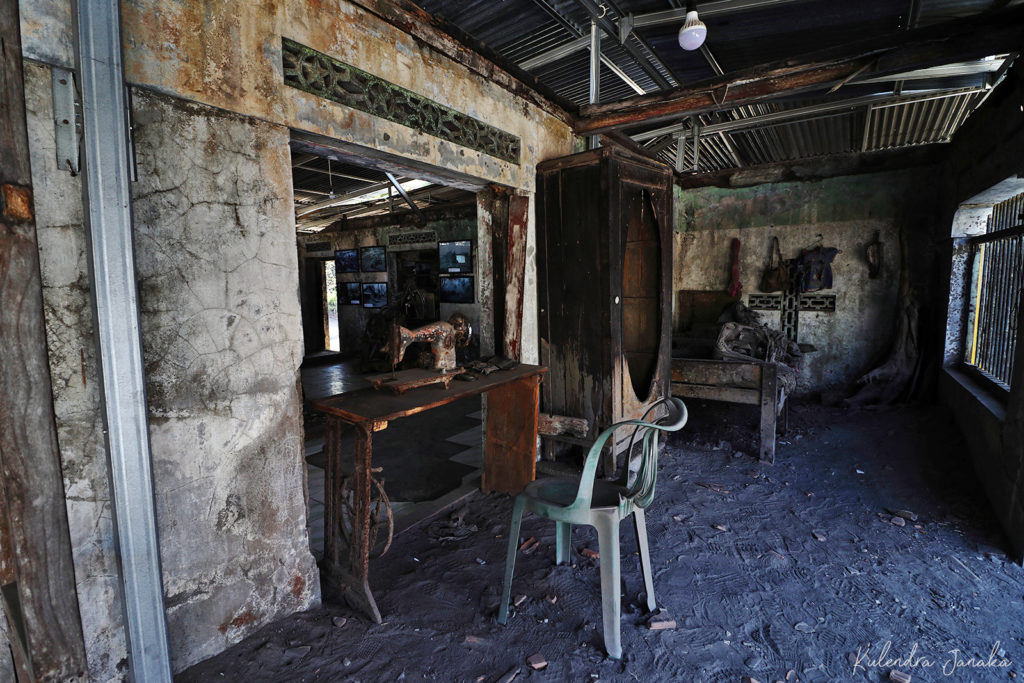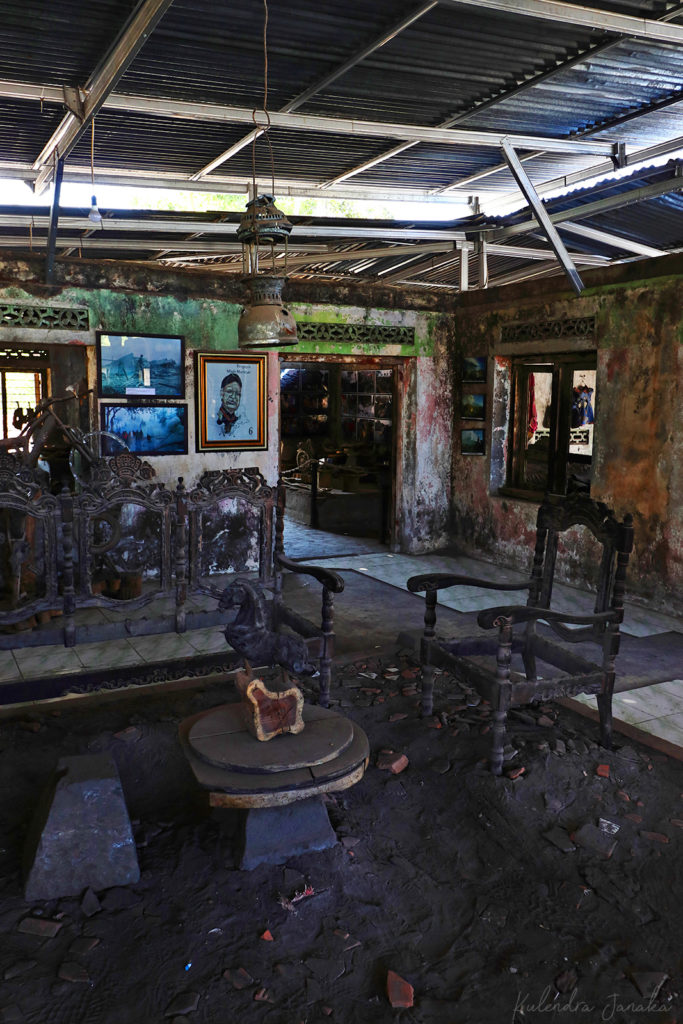Indonesia – Part 3: Mount Merapi
The first thing that I noticed about Mount Merapi was that it was smoking. The first thing that I thought after that, was whether there is a lava flow.
Mount Merapi was my second stop on my morning tour of Borobudur-Merapi-Prambanan. It is about 35km from Borobudur and takes roughly about 1hr to get there. The mountain is so huge that you can see it pretty much from anywhere in the route. As we got closer to the mountain, I could see the majestic mountain with the smoke plumes rising up. The road to the mountain is a paved road and there is an entrance fee of 15000 IDR. Halfway through you get the jeep tours which will take you around the “hotspots” of the mountain.
I was fascinated with the number of Willys jeeps that are to be found in Merapi; Hundreds of jeeps can be seen parked at the tour stations. I initially thought that these might be produced in Indonesia. While it seems like there is a Jeep agent in Indonesia and there is a steady sales flow, some of the ones I saw were actually from way before. Almost all of them are of the CJ5 model and quite a few of them were sporting the five-pointed star of the US army during World War 2. While I was not sure of the exact role US played during the WW2in Java, it certainly had left some relics, the jeep I was in had the driver on the left.
What I was quite uncomfortable with at Merapi was to hand over another bundle of cash to take a tour. I was almost ready to just give it up and turn back when I finally decided that I will take the short tour for a 400,000 IDR (~30 USD). The short tour of Merapi would take me through the Merapi Volcano Museum, a volcano protection bunker and a place they call the Alien Head, a frozen lava boulder that in certain angles look like a head.
Merapi Volcano Museum

Merapi Museum with the volcano in the background. 
The 2010 eruption of the volcano caused massive destruction 
Over 300 people died from the 2010 eruption and hundreds of livestock perished too.
The Merapi Volcano Museum is a community constructed memorial of what happened in the 2010 eruption of Merapi. Starting from 26th October and running a little over a month, the eruption caused the death of more than 350 people from burns or respiratory problems caused by ash from the volcano. During the period leading to and the eruption, around 350,000 people were evacuated from the area. The house that hosts the museum belonged to Mbah Maridjan who was the spiritual guardian of the Mount Merapi. He died during the eruption.
The “museum” hosts various objects that were found in the subsequent rescue operations and resettlement. (Yes, even after a massive natural disaster, people still went back to settle there.) There are photos of the eruption and its effects shot from as far as Yogyakarta and photos from the rescue teams that were first to respond. The entrance to the museum also has skeletons of some animals, cattle as it turned out to be. According to my guide, most people in the village tended to livestock as a livelihood and several hundred of livestock died due to the eruption.
Bunker Kaliadem
The bunker that you get to visit on the short tour is an emergency bunker for the survey and rescue personnel. It is pretty large, being able to house more than 30 people comfortably and is equipped with a toilet and a small room which I think may have been used as a communications room. The door to the bunker is built of metal and a good 2-3 feet thick.
During the 2006 eruption of Merapi two rescue workers hid here to protect themselves from the eruption. However after the eruption it was found that the entrance to the bunker was covered in nearly 6ft of volcanic debris that melted the shovels when other rescue workers tried to dig in. Heavy machinery was brought in to clear the entrance and when finally the rescue workers got there, it was found that the two of their colleagues who hid in there had already died due to burns.
Science of Mount Merapi
Mount Merapi is a stratovolcano that is still active. It is created by the Indo-Australian tectonic plate sinking underneath the Sunda tectonic plate. This is the reason for the large number of earthquakes in this region as well.
The volcano itself is quite young and is considered to have become active only about 10000 years ago. Its eruptions are recorded in modern history since at least 1006 CE. Larger eruptions of the volcano seem to have occurred every 10-15 years and like in the case of 2010, can be extremely devastating.
Being a stratovolcano, Merapi ejects superheated gas, ash and rock-debris when it erupts. In comparison to this, Mount Karthala in Comoros that I climbed, is a shield volcano which erupts slow moving fluid lava. While lava can still damage property and ecology, it is very slow moving, that evacuations are more successful and human deaths occur very rarely.
The superheated rocks and gas from a stratovolcano are called a pyroclastic flow and can reach temperatures up to 800C. In the case of Merapi, they have travelled over 100kmh; you can outrun a lava flow,but you will not be able to outrun a pyroclastic flow.
Myths of Mount Merapi
There seems to be quite a few myths and rituals surrounding Mount Merapi and some of them can be counterproductive to human lives. The Merapi Volcano Museum for example is at the house of the previous spiritual caretaker of the mountain who refused to leave as it would look cowardly. He succumbed to the ashes of the volcano. His son is now the new spiritual caretaker and seems to have a more pragmatic view. Unfortunately I did not have the chance of meeting this part-mystic part-professor of mathematics.
One of the myths surrounding the Mount Merapi says that under the mountain is a spirit city that mirrors Yogyakarta. Just like the Sultan of Yogyakarta, there are rulers in the spirit city. Just like the guards and security forces in this world, there are guards in the spirit city. Just like people rare livestock in this world, there are people rearing livestock in the spirit city. This myth has been so strongly vowen to the culture that the Sultanate of Yogyakarta sends out offerings annually to Mount Merapi on its anniversary of coronation.
There seems to be one myth that talks about how the Mount Merapi was formed, unfortunately all online resources point to this one source, hence i am not sure about the authenticity and accuracy of it. The myth states that when gods created Java, they placed a mountain named Mount Jamurdipo in the west. Seeing that this is going to tilt the island, they wanted to move it to the centre of the island. However, two master armourers were already in that site forging a sacred sword. When the gods told them of the move, they refused to abandon their site and subsequently they were buried underneath the mountain. The new mountain came to be known as Merapi, a conjunction of the words Meru (referring to the sacred mountain in Hindu mythology) and Api (fire). I guess the belief is that the fire from the armourers’ forge turn up from the mountain as lava.
As I turned back from the tour, I was wondering whether it was worth it to pay nearly 30 USD for a short jeep trip. I think if you look at it objectively, it isn’t much and if you are inclined to walk/trek, you can do it yourself in a couple of hours. However, the people here don’t have a steady income and they live in eternal peril. Yes we can argue that they should leave the area but I know from my personal experience how strong the ties to the environment you live in can turn out to be (there are many in Sri Lanka who would go back to their houses after floods destroyed them completely. They would simply wait for the next disaster, just hoping that it would be milder.) What these people have now is simply a basic income and whatever extra they get from tourists. I guess I didn’t mind paying them that, at least in the form of charity.
